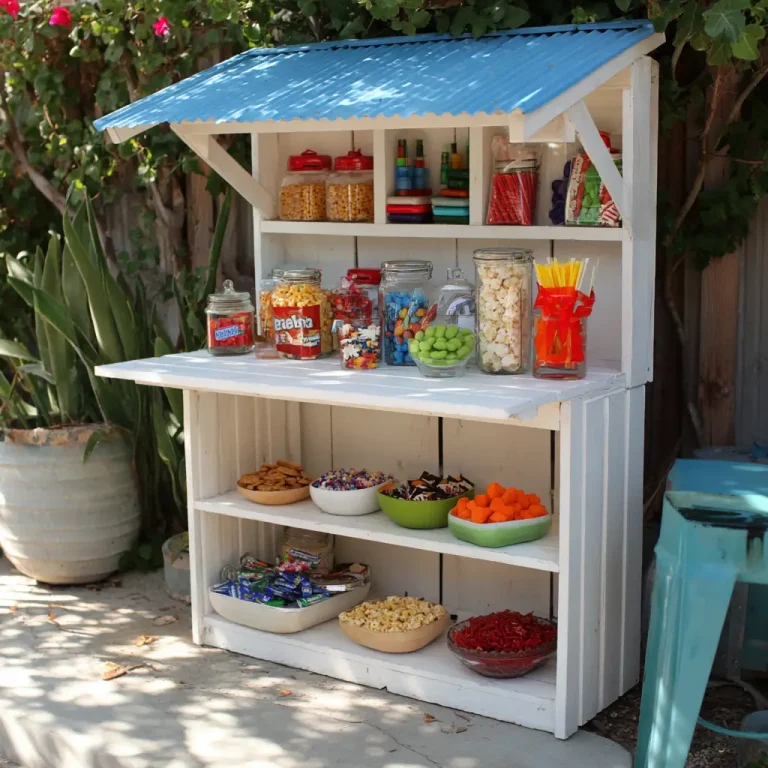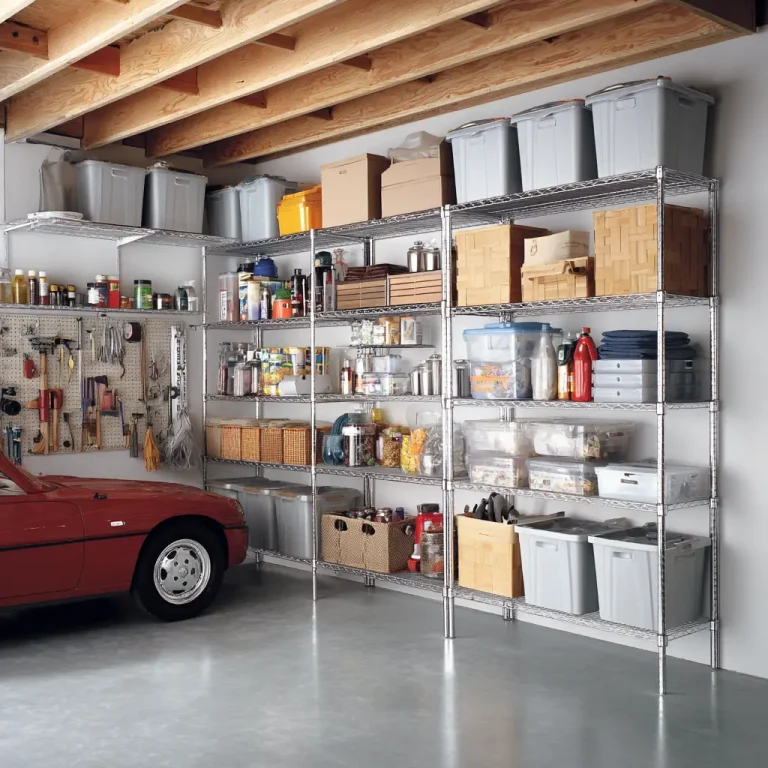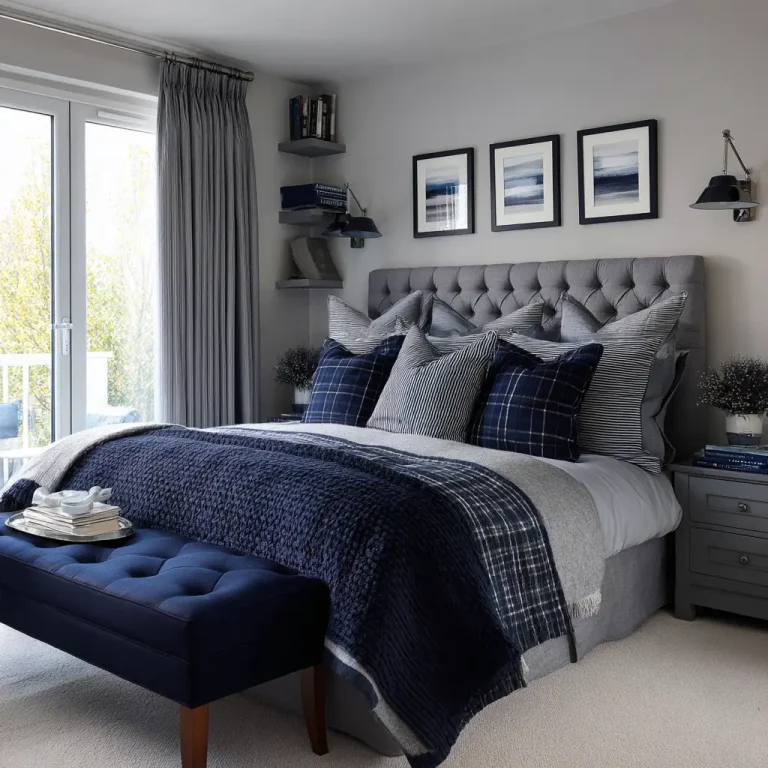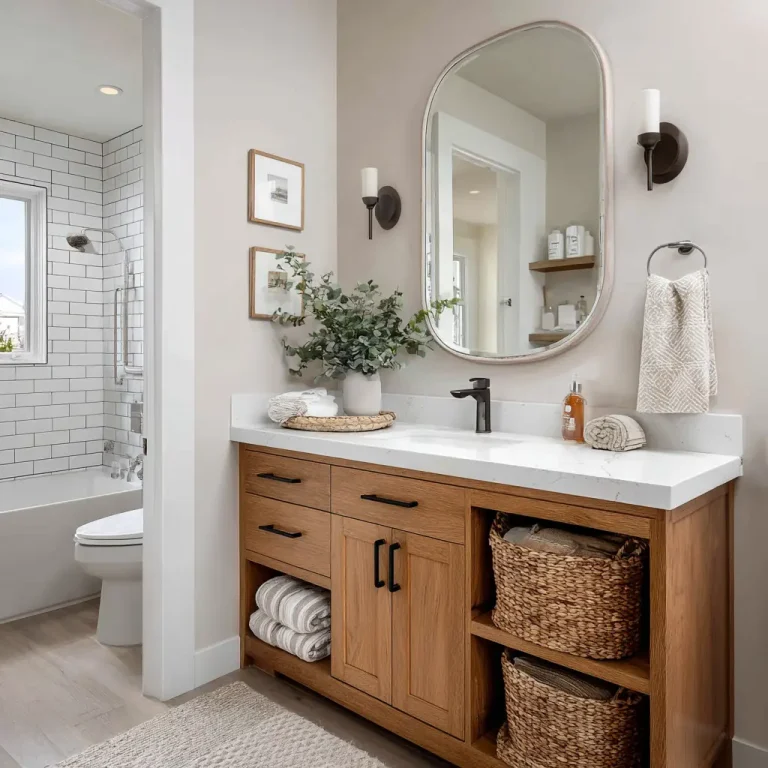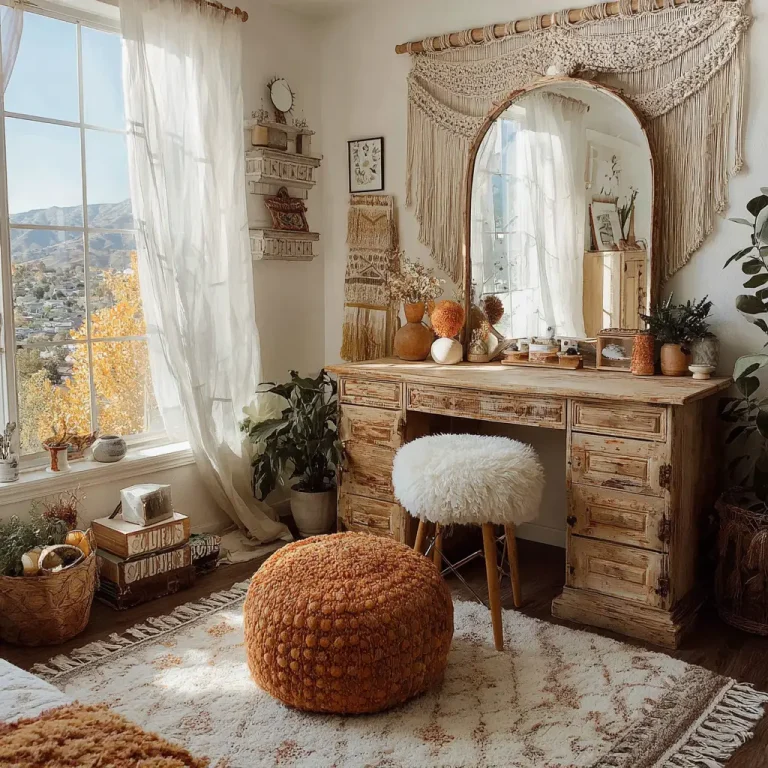22 Garage Gym Ideas Small Women
man means optimizing every inch of space and choosing equipment that supports your size, strength level, and fitness goals. The goal isn’t to mimic a full commercial gym—it’s to create a functional, safe, and inspiring space where you can train confidently and comfortably. Below are 22 thoughtful ideas that blend smart design with real-life fitness needs.

1. Choose Compact Equipment
As a smaller-framed woman, you’ll benefit from using compact, scaled-down gear that better matches your reach and strength. Standard barbells and bulky gym machines can be intimidating, hard to handle, and overkill for many exercises. Instead, go for adjustable dumbbells (which can replace an entire rack of weights), a short Olympic barbell (usually 5ft or 6ft), and bumper plates that are easier to move and load. Compact gear not only fits better in a smaller garage but also makes workouts more comfortable and efficient—especially for compound lifts like squats, deadlifts, and presses.

2. Install a Foldable Squat Rack
A squat rack is one of the most versatile and essential pieces of equipment for building strength. For small garages, a wall-mounted, foldable squat rack is a game-changer. It folds out for your workout and collapses flat against the wall afterward, freeing up valuable space. For small women, it’s best to look for racks with a lower pull-up bar height or ones with adjustable uprights that make benching and squatting easier without needing extra equipment. Pair it with safety arms or spotter arms for solo workouts so you can train heavy with peace of mind.

3. Add Resistance Bands for Versatility
Resistance bands are often overlooked but can be just as effective as free weights. They come in a range of resistances and can target every major muscle group. For small women, they’re great for increasing the challenge in bodyweight exercises like squats, hip thrusts, and push-ups, or adding resistance to upper-body moves like rows and presses. Since bands are lightweight and easy to store, you can hang them on a hook or store them in a small bin. They’re also perfect for warming up, mobility work, and even physical therapy-style training when recovering from injury.

4. Use a Low-Profile Adjustable Bench
A full-size commercial bench is often unnecessarily tall and bulky, especially for women with shorter legs or torsos. A low-profile, adjustable bench is much easier to step on and off, and it helps with maintaining proper form during exercises like bench presses, Bulgarian split squats, or incline presses. Choose a bench that adjusts from flat to at least a 45-degree incline and has a high weight capacity for safety. Some fold flat for storage, which is ideal if you need to move it out of the way between workouts.

5. Try a Kettlebell Set
Kettlebells are perfect for dynamic, full-body movements that build both strength and endurance. For small women, a beginner set might include a light kettlebell (8-10 lbs) for upper-body movements, a medium one (15-20 lbs) for core and cardio work, and a heavier one (25-35 lbs) for swings, squats, and deadlifts. The curved handle design is also ergonomic and ideal for smaller hands. Kettlebell workouts are great because they combine strength training with high-intensity intervals—plus they don’t take up much space.

6. Set Up Floor Mats for Joint Comfort
Whether you’re lifting weights, doing yoga, or jumping rope, high-quality flooring can make a big difference. Rubber mats or interlocking foam tiles provide cushioning and grip while protecting your garage floor and equipment. If you’re a lighter-framed woman, you might not need super-thick mats, but a comfortable 3/4-inch mat can significantly reduce impact on your knees and joints during high-impact or barefoot workouts. It also helps create a dedicated training space that feels more professional and motivating.

7. Install a Wall Mirror
Installing a mirror might sound cosmetic, but it’s a key tool for checking your form—especially when training alone. Seeing your alignment during squats, lunges, or deadlifts can help prevent injury and improve your technique. A full-length mirror, mounted securely to a wall, adds a sense of openness to a small garage and gives you real-time feedback. It’s also a confidence booster. Watching yourself progress visually reinforces your commitment and makes the space feel more personal.

8. Create Vertical Storage
One of the best ways to keep your garage gym clean and usable is to get things off the floor. Wall-mounted racks, pegboards, or even kitchen-style shelves can hold everything from resistance bands to yoga blocks, jump ropes, and foam rollers. This kind of storage keeps your space open for movement and removes the visual clutter that can sap motivation. For smaller women, storing equipment at shoulder or hip height makes access easy and ergonomic—no awkward reaching or heavy lifting just to set up your space.

9. Use a Plyo Box or Step Platform
Plyometric training (jumping, stepping, and explosive movement) is excellent for improving power and agility, but traditional boxes can be too high or unstable for smaller users. Look for a soft plyo box or adjustable step that lets you gradually increase height. Start with a 12-inch box and work up. These tools are excellent for box squats, step-ups, incline push-ups, or cardio drills like lateral step-overs. Because they’re low to the ground and soft, they’re safer and more confidence-boosting than wooden or metal boxes.

10. Keep a Portable Fan or Heater
A garage isn’t climate-controlled, and temperature can affect your workout intensity and comfort. A small space heater in winter or a high-velocity fan in summer can make a big difference. For women who tend to run colder or overheat quickly, temperature control isn’t just about comfort—it’s about performance and safety. Look for compact models with automatic shut-off and energy-saving features. A comfortable space is one you’re more likely to use regularly.

11. Designate a Stretching or Recovery Corner
Recovery is just as important as training, especially for women who balance workouts with work, family, or other responsibilities. Set aside a small corner for stretching, foam rolling, and breath work. Add a thick yoga mat, a foam roller, massage ball, and maybe a yoga block or strap. A cozy corner with calming lighting or a diffuser can become a ritual space for winding down after intense sessions. It’s not just about the body—it’s about mind-body recovery and avoiding burnout.

12. Use a Smart Speaker or Bluetooth System
Music can change everything. Whether you like to train to upbeat pop, heavy rock, or guided meditation, a small Bluetooth speaker or smart home device like Alexa or Google Home can keep your sessions upbeat and on track. You can also use them for guided workouts or timers. Many smart speakers are compact, budget-friendly, and even voice-controlled so you can keep moving without pausing to change a song or set a timer.

13. Decorate with a personal touch
It might seem like a small thing, but decorating your gym makes it yours. Add a chalkboard or whiteboard for goals or PRs, hang a plant or string lights, or print out a motivational quote that resonates with you. These little touches personalize your space and make it feel inviting. When your gym feels good to be in, it stops being a chore and becomes a sanctuary—a place where you show up not just to work, but to grow.
FAQs
How much space do I need to build a garage gym?
You can start with a minimum of 6×6 feet for bodyweight and dumbbell workouts. A 10×10-foot area offers enough room for a squat rack, bench, and space to move around freely. Use vertical storage to maximize the space you have.
What’s the best starter equipment for small women?
Start with adjustable dumbbells, resistance bands, a yoga mat, a compact bench, and a short barbell with plates. These will allow you to cover all major movement patterns—push, pull, squat, hinge, and core.
Is a squat rack necessary?
Not always, but it’s worth investing in if you plan to strength train seriously. A foldable squat rack adds tons of versatility for squats, bench press, and pull-ups, and you can fold it away when space is limited.
How can I stay motivated working out alone in the garage?
Design your space in a way that feels inspiring. Use good lighting, play music, keep a routine, and track your progress. Remind yourself that consistency builds results more than intensity.
Is cardio equipment necessary?
Not at all. Jump ropes, HIIT workouts, kettlebell swings, and even bodyweight circuits can give you great cardio without any large equipment. But if you prefer machines, consider a foldable treadmill or compact bike.
Conclusion
A garage gym tailored for a small woman isn’t just about saving space—it’s about empowerment. With the right setup, you can create a safe, motivating, and efficient workout space that works for your body and lifestyle. Every piece of equipment should support your goals without overwhelming your space. Whether you’re new to fitness or experienced, your garage gym can be your personal sanctuary—a place where you build strength, confidence, and resilience on your own terms. Start simple, grow over time, and make it a space you love.
